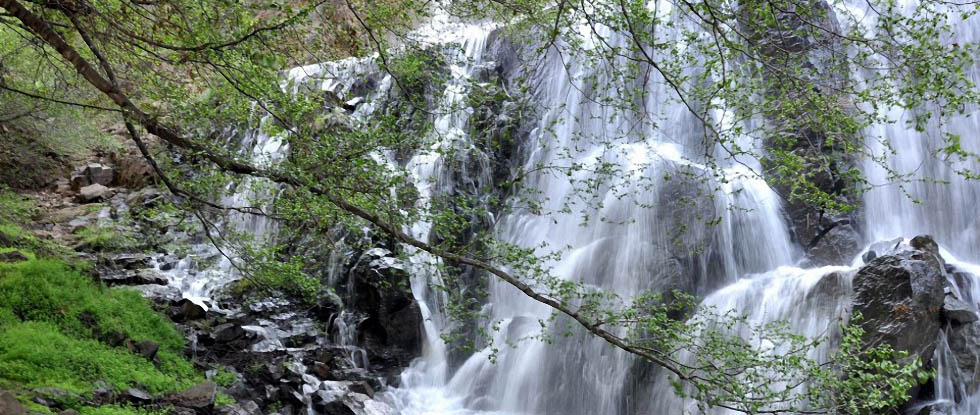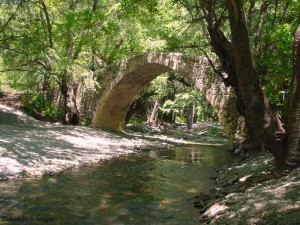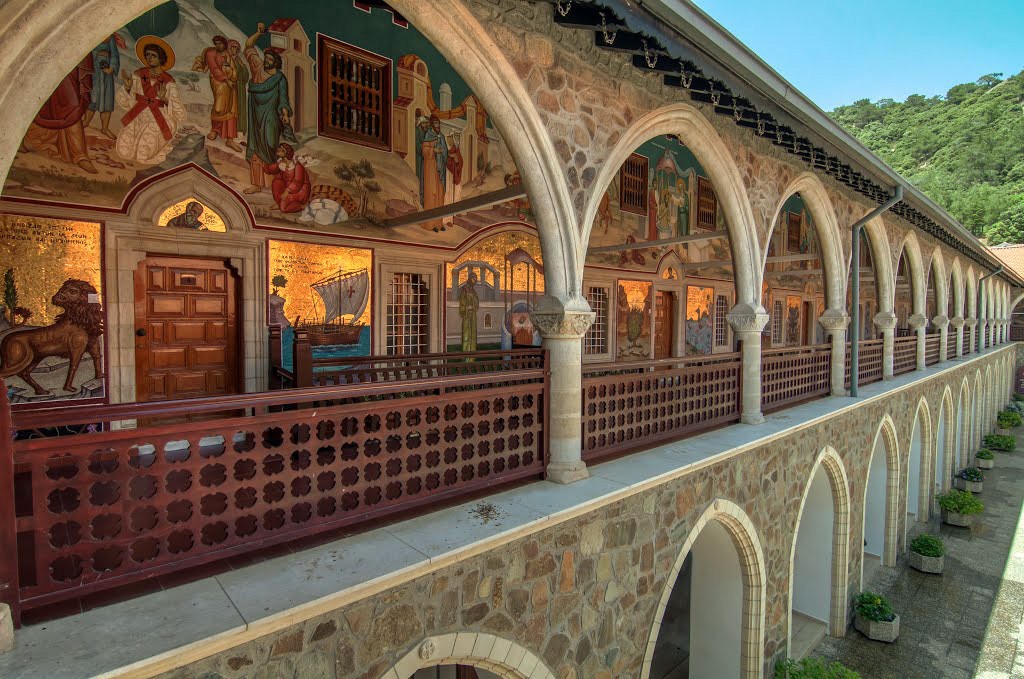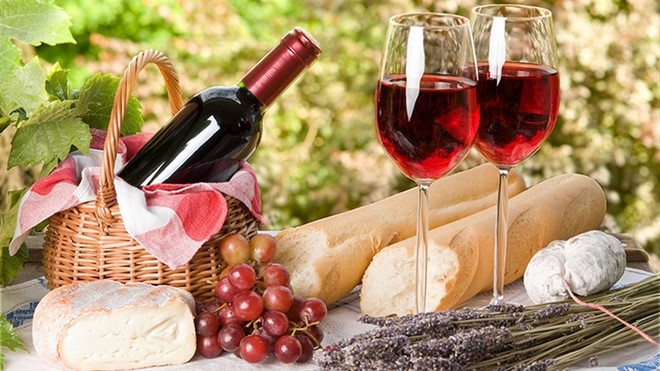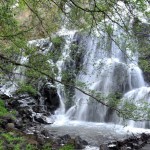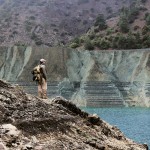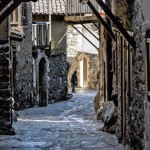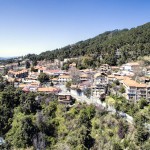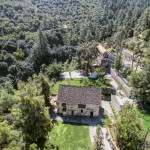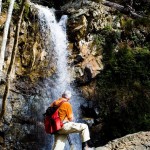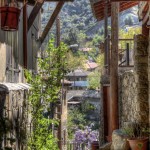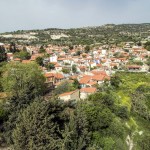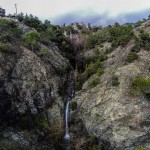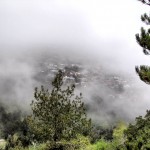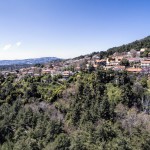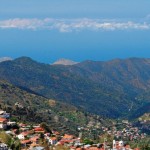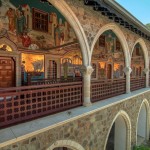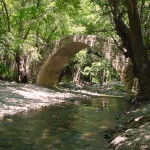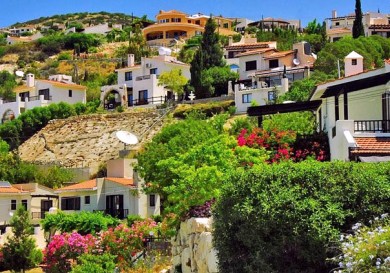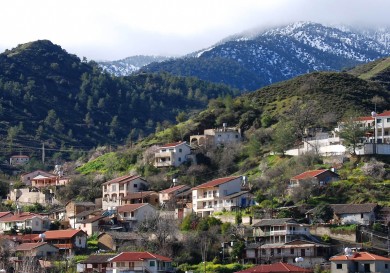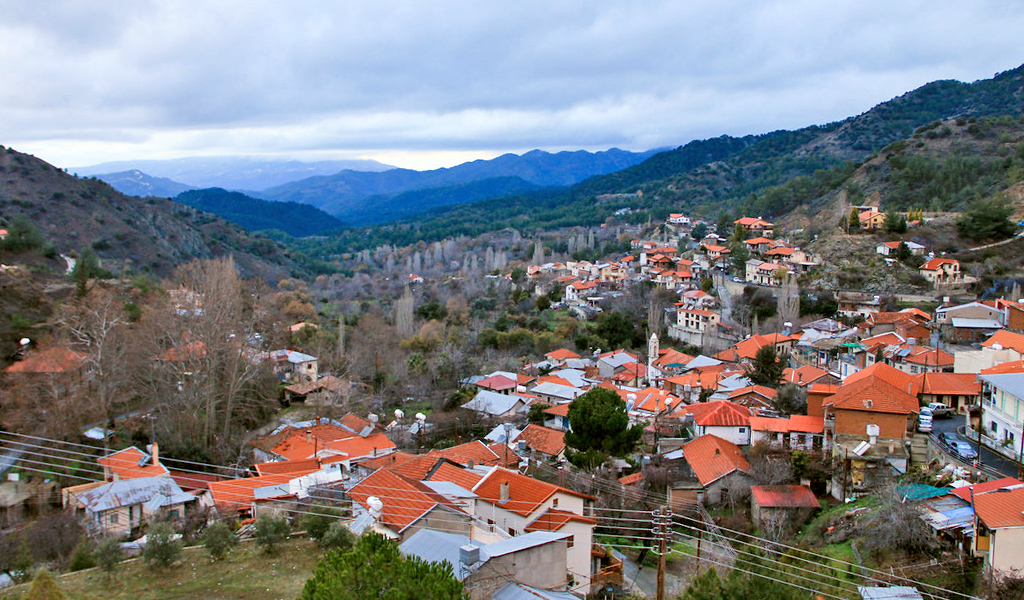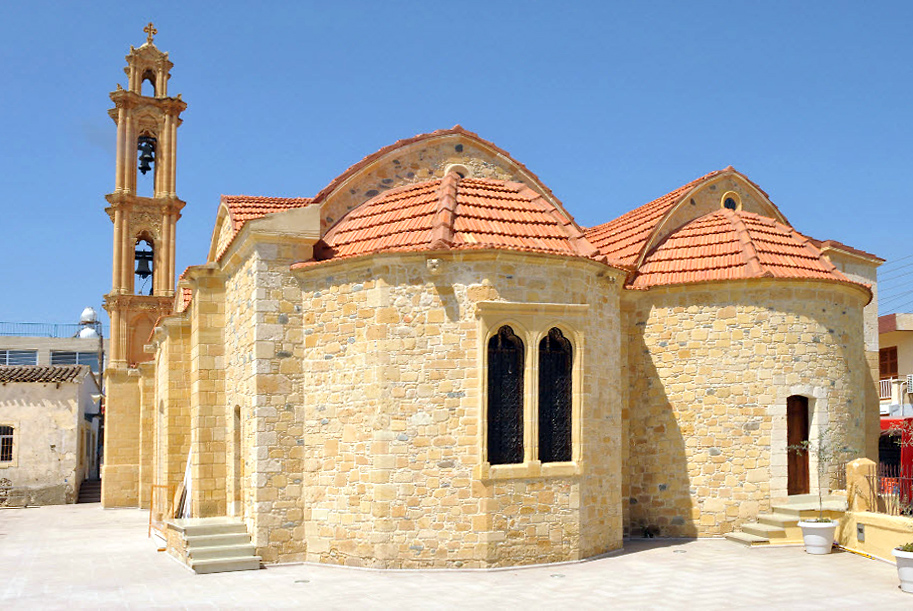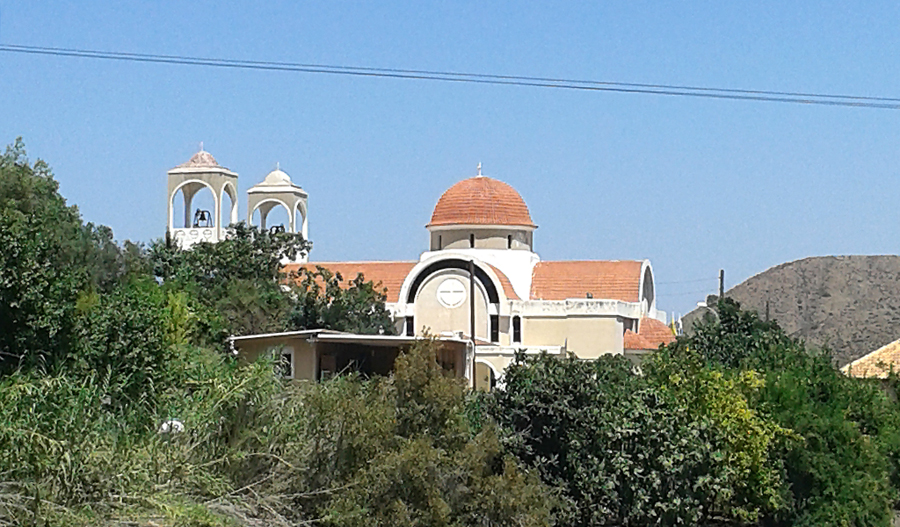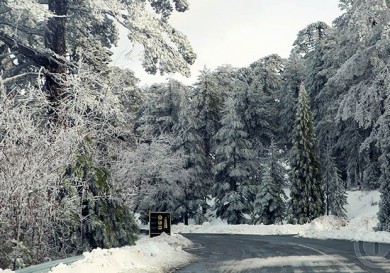The Troodos Mountains are very attractive, with their scented forests, magnificent monasteries and picturesque villages, but mostly because of their tranquillity. The area is recently approved as the Troodos Global Unesco Geopark.
The Troodos Mountains with their highest peak, Mount Olympus, rising to 1,952 meters, are set in beautiful seclusion and yet just a stone’s throw away from the beaches.
The area is covered with forests of pine and cedar, juniper, pink rock roses, wild lavender and terraced vineyards.
Those who like to actively enjoy nature can take a bike ride or follow one of the well-marked hiking trails.
Anglers can try their luck in one of the many dams, and skiers can enjoy the slopes during the winter months, but the Troodos Mountains also offer a series of great cultural treasures, including churches and monasteries, beautifully decorated with murals and icons, as well as a huge variety of vibrant arts and crafts.
If you want to enjoy nature in all its majesty then there are approximately 2,500 places available in the area, ranging from simple farmhouses to cosy mountain hotels.
4B Olympus Street, Pano Platres, 4820 Limassol, Cyprus
E-mail: [email protected]
Tel.: +357 25 421 020
Picturesque villages
Mountain resorts
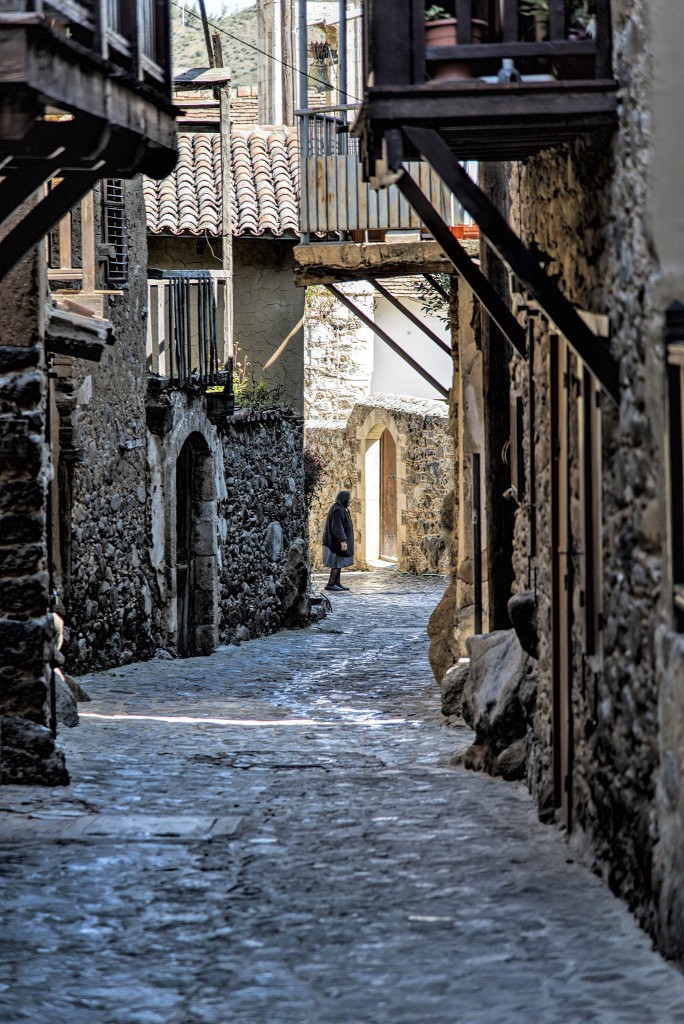 The Troodos Mountain area is the birthplace of tourism in Cyprus. King Farouk of Egypt spent his holidays in Pano Platres in the late 30’s, and during the British Colonial Rule in Cyprus between 1878 and 1960, the high society came to relax in the summer retreats.
The Troodos Mountain area is the birthplace of tourism in Cyprus. King Farouk of Egypt spent his holidays in Pano Platres in the late 30’s, and during the British Colonial Rule in Cyprus between 1878 and 1960, the high society came to relax in the summer retreats.
Nowadays there is accommodation for all budgets: from charming mountain hotels to more ambitious wellness retreats, and from rustic country style inns to modern facilities. A notable resort is the village of Kakopetria with its traditional and partly heritage-protected buildings. There is plenty of entertainment in Kakopetria, like Cafés, Bars, Restaurants and even one or two nightclubs.
There are more hotels and traditional houses in other picturesque villages of the Troodos region, such as Agros, Kalopanagiotis, Pedoulas, Kyperounda, Potamitissa, Kato Platres, Askas, Palaichori, Polystipos, Galata, Tebria, Spilia, Lemithou, Tris Elies, Arsos, Omodos, Koilani, Lofou, Vasa, Vouni, and of course the Troodos Plateia (Square).
A chat at the village square, a game of backgammon at the “kafeneion” (local coffee shop), a nibble from the Meze dishes and plenty of time to watch the world go by; life in a village of the Troodos Mountains is tranquil, idyllic and traditional.
One of the many interesting destinations for an outing is the village of Agros in the Eastern part of the area. At an altitude of 1,110 metres, the locals produce rosewater, oils, liqueur and other rose by-products such as creams and lotions. The wine village of Omodos attracts people with its graphic cobbled village square and mulberry trees. Take a walk in the narrow alleys of the villages of Vasa, Lofou and Koilani in the Southern part of Troodos.
If you are travelling from Limassol to Platres, a quick side-trip to the artists’ village of Lania is a must. This beautiful place is surrounded by vineyards and orchards and is known for its traditional architecture.
On the Northern slopes of Mount Olympus is the highest situated village of Cyprus (1530 metres) called Prodromos, and in the nearby Marathasa valley you will find the villages of Pedoulas, Moutoullas and Kalopanagiotis with their renowned UNESCO churches.
Tip: Medieval Bridges: The medieval Venetian Bridges of Elaia and Kelefos are located near the village of Kaminaria.
Religion heritage
Precious icons and frescoes
Ten of the area’s byzantine churches, built between the 11th and 17th centuries, are included in the UNESCO world heritage list, as their unique murals and elements, as well as the indigenous origin of their architecture, reflect a part of the world’s cultural treasure.
Tip: For visitors who wish to see some or all of the churches, the Cyprus Tourism Organization suggests the three following routes:
- On the route through the Solea valley you can visit the churches of Kakopetria, Galata and Nikitari;
- The route through the Marathasa valley takes you to Kalopanagiotis, Moutoulas and Pedoulas;
- Through the Pitsilia route, along the eastern part of Mount Olympos, you can visit the byzantine churches of Lagoudera, Platanistasa, Pelendri and Palaichori.
The Monastery of Kykkos, the richest and most lavish of the monasteries of Cyprus, is dedicated to the Virgin Mary and possesses one of three icons attributed to Agios Loukas, the Evangelist.
Pilgrims from all over the world visit the monastery as it is believed that this icon of the Virgin Mary has healing powers. But how did the world renowned icon get to Cyprus?
Tradition says that the monk Isaiah healed the daughter of Alexios I Komnenos of Constantinople (1081-1118 AD) who was severely ill, so in appreciation the Emperor gave the icon to the monk, along with enough money to build a monastery where the sacred relic would be kept. The Museum of the monastery exhibits invaluable religious relics such as icons, holy objects, woodcarvings, vestments, embroideries and manuscripts, as part of the living adoration and the history of the monastery.
Tip: Ecclesiastical Museums Located in the villages of Agridia, Agros, Arsos, Kalopanagiotis (Church of Agios Ioannis Lambadistis), Koilani, Kyperounta, Omodos, Palaichori and Pedoulas. These house a collection of icons and ecclesiastical objects.
Wine routes
Enjoy as the knights did
The rich wine history of Cyprus has been alive and ongoing for about 6,000 years. Poets and historians, like Homer, Plinio and Stravon, praised the excellency of the Cypriot wines. Richard the Lionheart is said to have enjoyed it greatly at his wedding, and in many of the European royal courts, the sweet dessert wine Commandaria was popular for many centuries. It is notable that the vineyards at an altitude of up to 1000 metres on the sun-kissed southern slopes of the Troodos Mountains produce a great variety of splendid wines.
Red, rosé or white wines, sparkling wine or brandy dry or sweet, anything is available. A great number of small wineries in the villages welcome visitors on wine tasting tours.
Tip: Follow the Commandaria Wine route from Kolossi to Platres where you will come across 14 wine villages. The Pitsilia Wine route is spread around the mountain peaks of Madari, Papoutsa and the north western part of Machairas where the altitude secures a more slow and effortless grape maturity, whilst the arid and sloping earth forces the vines to huddle together and produce richer wines.
Hiking
Spectacular views
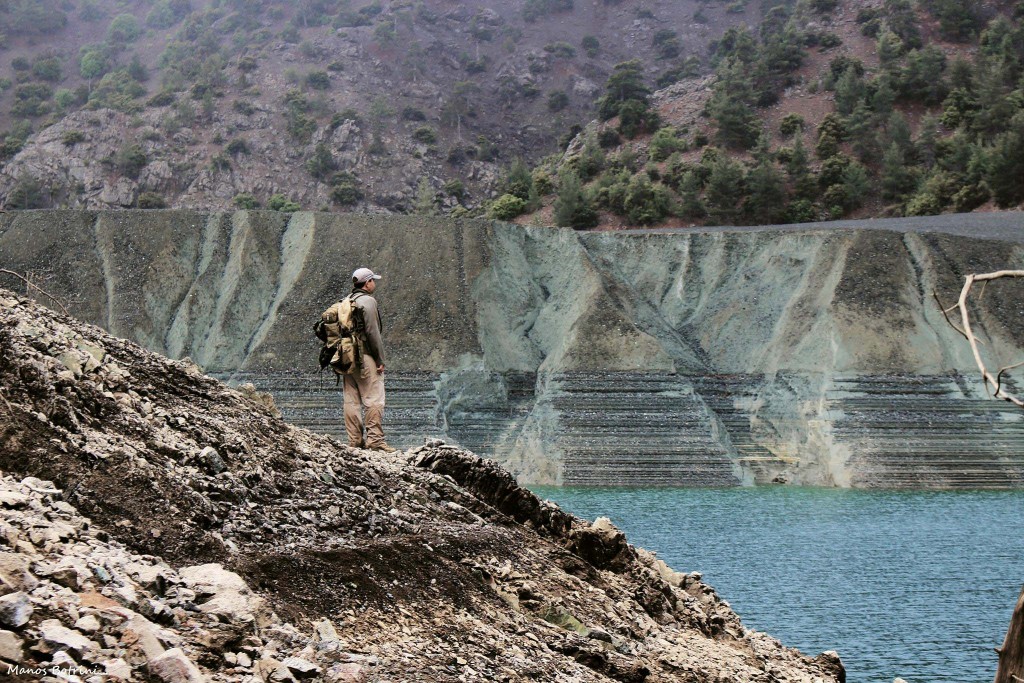 The Troodos area is truly well developed, with numerous signposted paths and lots of nature trails. The two most popular are the circular paths around Mount Olympus: the route named Artemis (7km) leads to the ruins of a Venetian fort, while the route named Atalante (14km) takes you through thick black pine and juniper forests. Moreover, the Persephone Trail (3 km) is an option for those who are not so fit, whereas the Caledonia Trail is a lot more demanding and leads to the Caledonia Waterfalls along the “Kryos Potamos” river.
The Troodos area is truly well developed, with numerous signposted paths and lots of nature trails. The two most popular are the circular paths around Mount Olympus: the route named Artemis (7km) leads to the ruins of a Venetian fort, while the route named Atalante (14km) takes you through thick black pine and juniper forests. Moreover, the Persephone Trail (3 km) is an option for those who are not so fit, whereas the Caledonia Trail is a lot more demanding and leads to the Caledonia Waterfalls along the “Kryos Potamos” river.
Another challenging hike is the path which connects the two churches of Stavros tou Agiasmati and Pangia tou Araka, which are both in the list of the UNESCΟ World Heritage. This path is a section of the E4 European Long Distance Path, which passes through the heart of the Cyprus Mountains.
Photo Gallery




